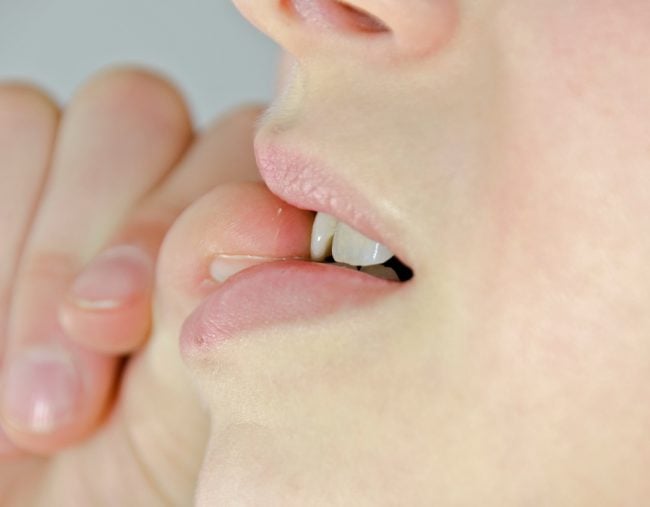
Nail-biting, nose-picking, mouth-chewing, skin-picking, hair-pulling – we all do some of them, some of the time. Some normal grooming behaviours help maintain good hygiene (such as picking at a dirty finger nail) and appearance (plucking that pesky grey hair). But when do these normal behaviours become bothersome habits? And when do these habits become psychological disorders?
Habits are stable, repetitive behaviours that occur automatically, without much thought. They’re stable in that, once established, they can be difficult to break. Body-focused repetitive behaviours, like those described earlier, are quite common. In one study, up to 24% of US college students reported performing some body-focused repetitive behaviours at least five times a day.
But a follow-up study reported much lower prevalence rates of 1-6%. This was because students were asked to consider if the consequences of their habit had ever required medical attention (for infections, for example) or interfered with daily functioning. This is when mental health professionals begin to see habitual body-focused repetitive behaviours as something more serious.
Consequences
Two specific body-focused repetitive behaviours are classified as psychological disorders by the American Psychiatric Association: hair-pulling disorder (trichotillomania), and skin-picking disorder.
These conditions can be extremely difficult to control. Baldness, painful skin infections, and scarring are common. Body-focused repetitive behaviours can also severely impact self-esteem, body image, health, relationships, and daily functioning.
A recent Australian study reported that people with clinical levels of body-focused repetitive behaviours are two to four times more likely to experience other mental health difficulties such as depression and anxiety.





























































































